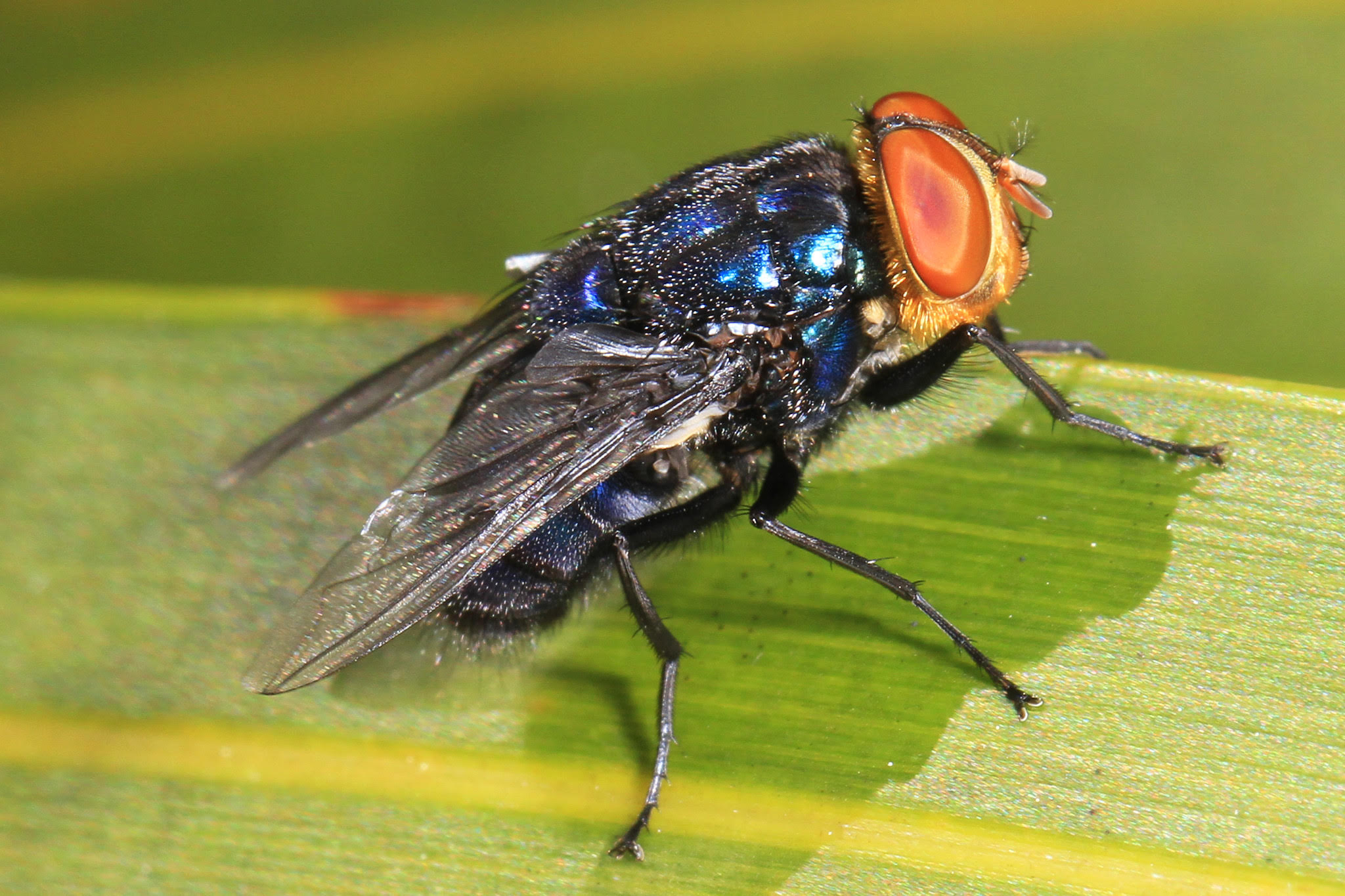
A new study by Chinese researchers describes the burden and historic trends of antimicrobial resistance (AMR) in China over the past three decades. The findings were published last week in BMC Medicine.
Using data collected for a study on the global burden of AMR from 1990 to 2021, researchers from Huazhong University of Science and Technology conducted the first nationwide assessment of the AMR burden in China, covering 12 infectious syndromes and 22 bacterial pathogens. To estimate deaths directly attributable to resistant bacteria, they considered a scenario in which those infections were replaced by antibiotic-susceptible infections. To estimate associated deaths, they considered a scenario in which resistant infections were replaced by no infection.
In 2021, 160,268 deaths were attributable to AMR and 711,852 were associated with AMR, accounting for 14% of global deaths attributable to AMR and 15% of deaths associated with AMR. Among the 12 infectious syndromes analyzed, bloodstream infections accounted for the most AMR-attributable deaths in 2021 (74,119), followed by lower respiratory infections (60,839) and peritoneal and intra-abdominal infections (11,827).
Bloodstream infections were also the infectious syndrome with the greatest increase in deaths over the study period. The pathogen-drug with highest number of AMR-attributable deaths in 2021 was methicillin-resistant Staphylococcus aureus.
Deaths declining in young kids, rising in elderly
Over the 31-year study period, two trends became clear: The number of AMR-attributable deaths in children under 5 declined by 95%, while AMR-attributable deaths among people aged 65 and over rose by 68%.
The study authors say the reduction in AMR mortality in young children can be attributed in part to the introduction and expansion of pneumococcal vaccination since 1998, along with improvements in water, sanitation, and hygiene in China. The increased mortality among those 65 and older, on the other hand, is likely a reflection of chronic health issues and weakened immune systems among China's fast-aging population.
"Therefore, regardless of whether the causative pathogens are drug-sensitive or drug-resistant, the elderly are particularly vulnerable to infectious diseases," they wrote.
The authors conclude that vaccines, reducing antibiotic misuse, and developing new antibiotics should be combined to address the health threat of AMR.
.jpg)












